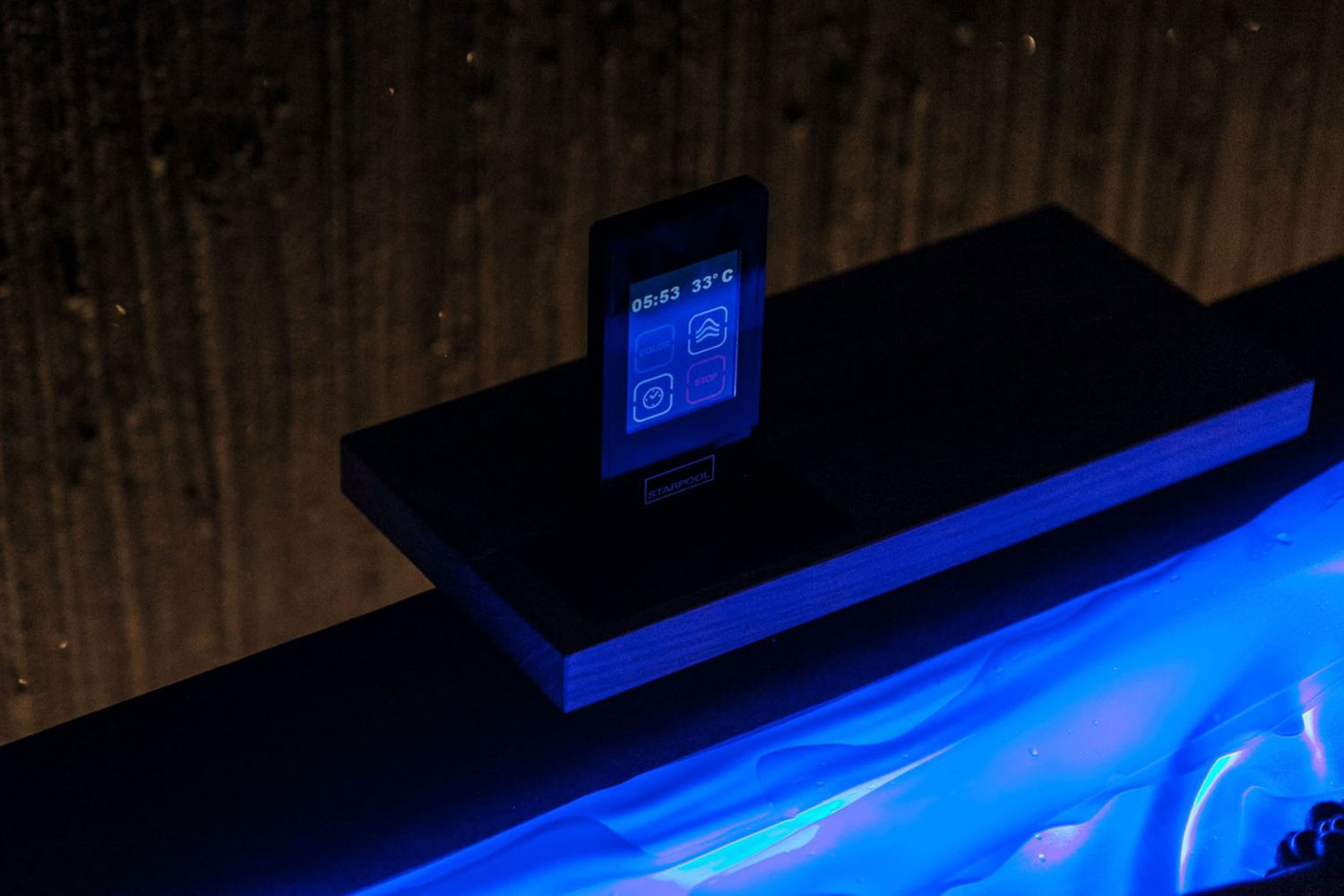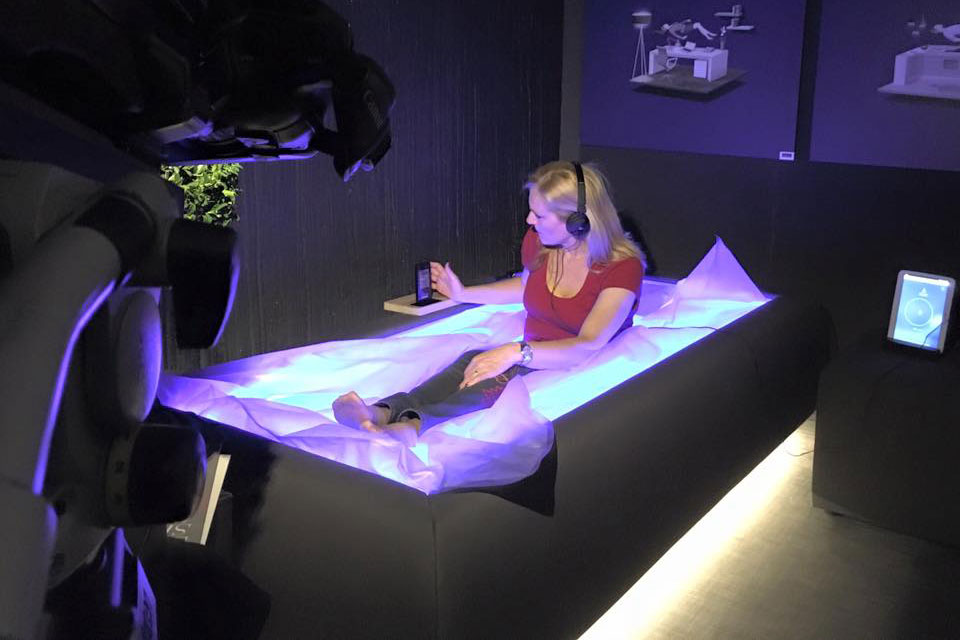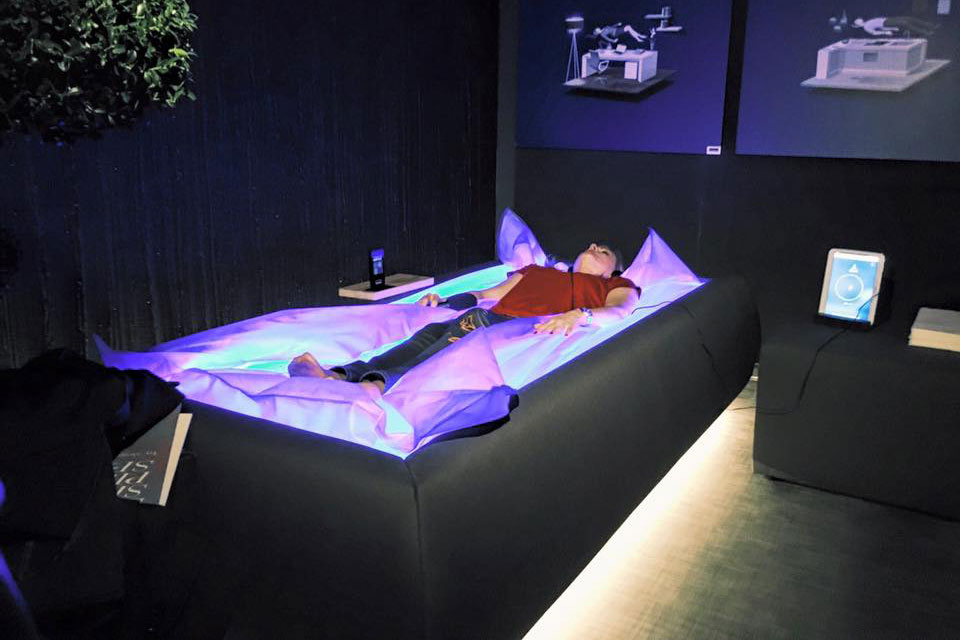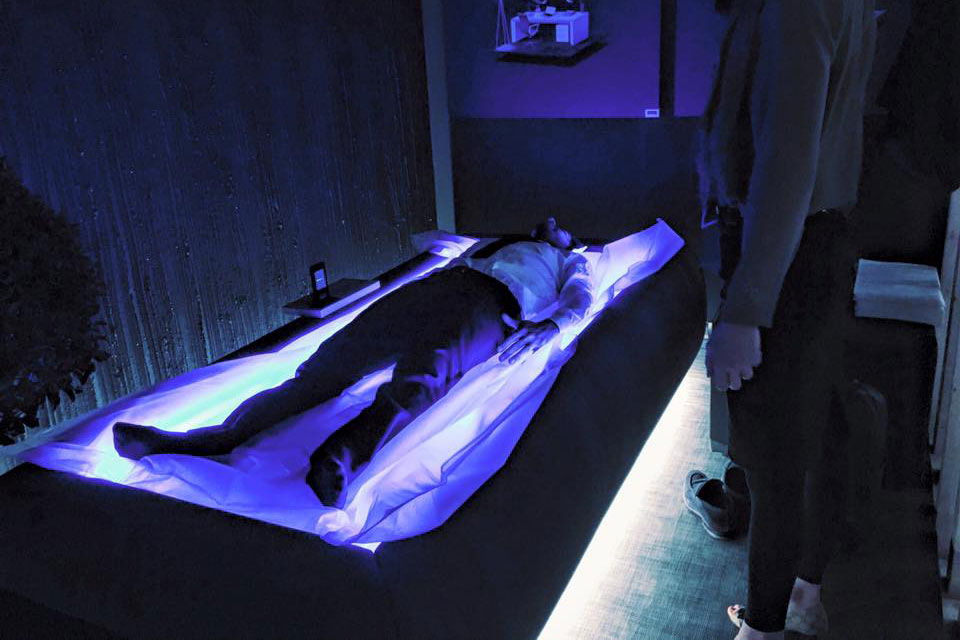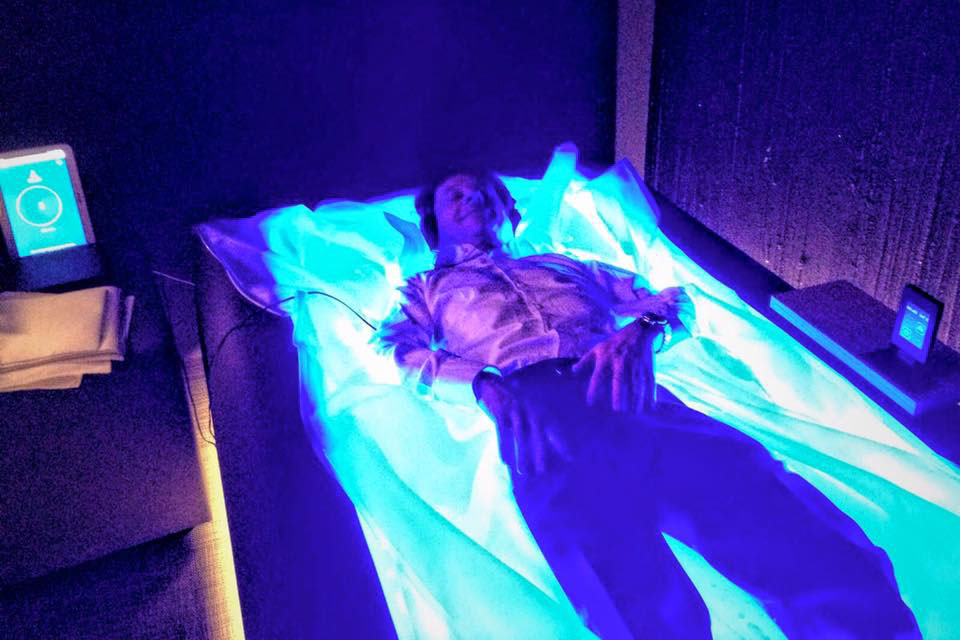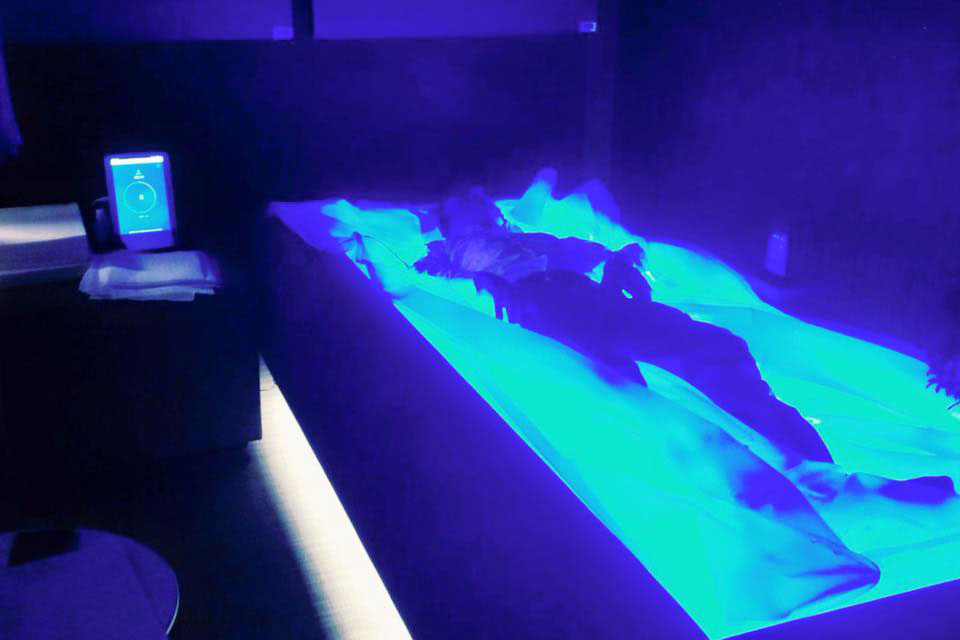
The Zerobody uses a heated, liquid-filled mattress to make you feel like like you’re weightless. How exactly that works is a little unclear, as Starpool didn’t offer a lot of specifics beyond saying that body will stop regulating its temperature and start producing endorphins. The company collaborated with Neocogita, which develops cognitive training exercises. While you’re enveloped by the warmth, you’re supposed to listen to Nu Relax, a meditation app that enhances the experiences, according to Contemporist. There are also color-changing LEDs inside, though how they aid in sensory deprivation is unclear.
Isolation tanks were first developed by John C. Lilly, a neuropsychiatrist who mainly used them to as a way to study consciousness in the 1950s. (He also did a lot of research with LSD and dolphin communication, and sometimes these two overlapped.) These days, the tanks are mainly used as stress relief, and its proponents say it can help with pain and achieving new levels of consciousness.
Designed by Cristiano Mino, the Zerobody doesn’t have pricing or availability information at the moment, but we’ll keep you posted. Who knows? It might cost less than Zen Float Company’s $1,850 float tent.


